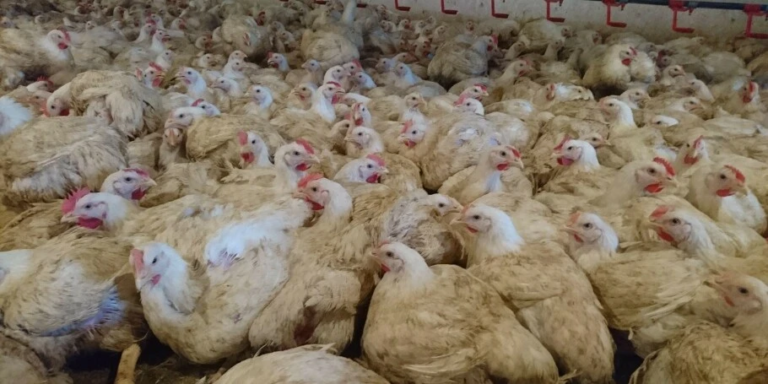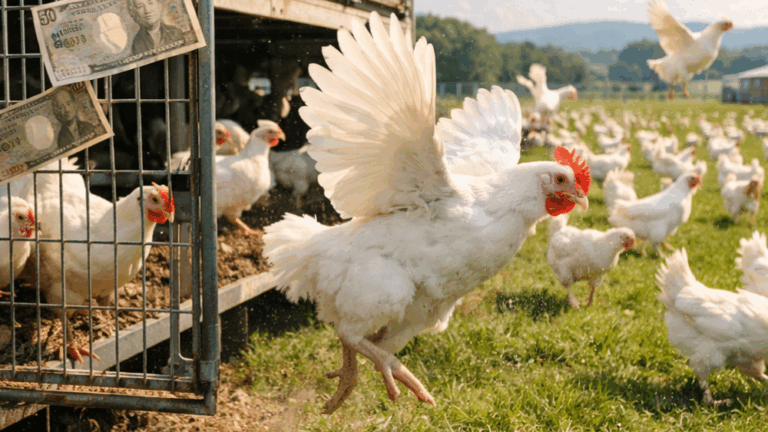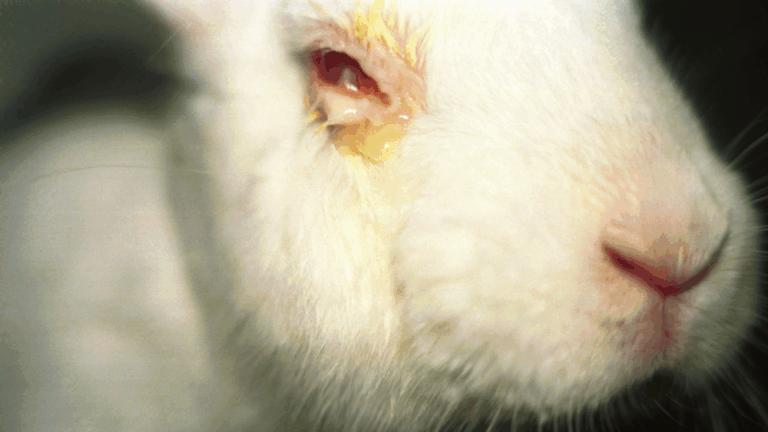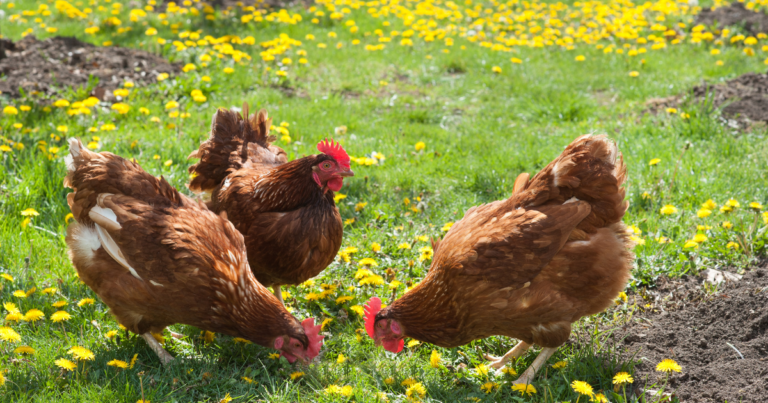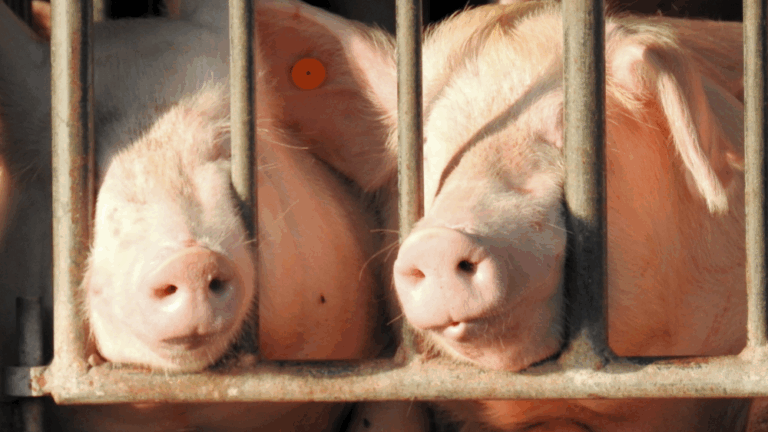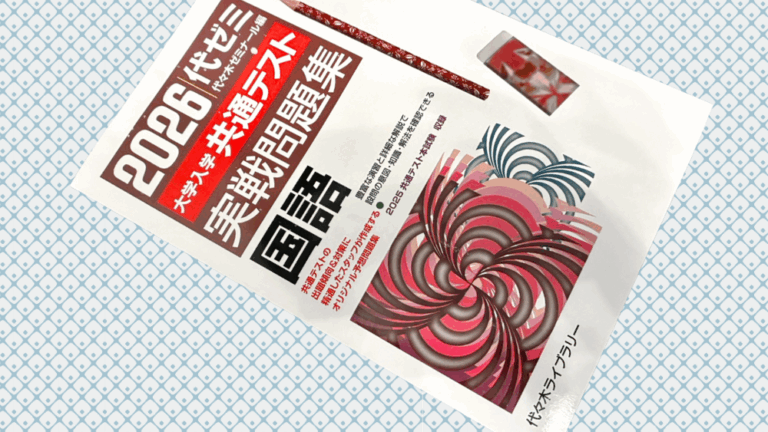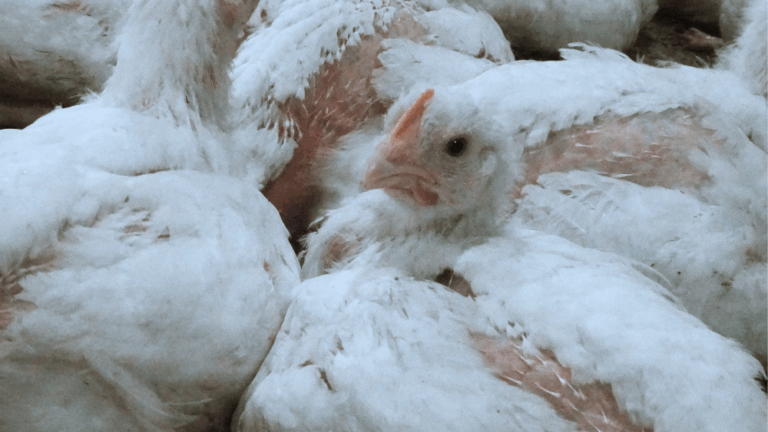Globally, Japan is significantly behind in two key areas of livestock farming: the density of bird species, such as chickens and ducks, and the methods of slaughter. The welfare of livestock animals in Japan has completely fallen behind international standards, and the reason is simply because there are no proper laws. This article will explain the differences in stocking density.
| Crammed Far More Densely Than the Rest of the World
To put it simply, both Japan’s egg-laying chickens and meat chickens are crammed in over 1.7 times more densely than in other countries. While many countries have regulations on the minimum space required for animal farming, Japan has none.
| Egg-laying Chickens
In Japan, egg-laying farms usually allocate 430 square centimeters per chicken. We also know the largest farm in Japan only provides as little as 285 square centimeters per chicken. This figure is shocking when compared to the rest of the world. Countries like South Korea, the EU, and states in the U.S. require at least 750 square centimeters per bird, even in cage farming.
[Image] A domestic egg-laying farm. Nine chickens are confined in this space.
Globally, the trend is moving towards cage-free farming, eliminating the practice of raising livestock in cages. Some Japanese companies are slowly beginning to adopt cage-free practices. However, even with cage farming, Japan’s methods are appalling. Chickens are crammed into spaces smaller than their own bodies, crushed by the other chickens. The weaker chickens are pushed around and eventually trapped in the cages, where they die. Due to the extreme overcrowding, the employees often fail to notice when dead chickens are trampled underfoot by the others.
| Meat Chickens
In Japan, meat chickens are kept at a density of 56 kilograms per square meter, significantly higher than the global standard of about 33 kilograms per square meter. While no laws mandate lower densities, many producers worldwide voluntarily adopt less crowded conditions. This is because overcrowding causes several serious issues:
- Higher mortality rates among chickens
- Unsanitary conditions
- Footpad dermatitis (painful inflammation or burns on their feet)
- Increased risk of Campylobacter and Salmonella infections
Additionally, overcrowding makes it nearly impossible for workers to move through the space without stepping on or kicking chickens. In Japan, it is unfortunately common for workers to step on or kick chickens during routine inspections.
[Image] A chicken farm for broilers in Japan
| The Risks of No Regulation
Japan needs to revise its Animal Welfare Act to enforce appropriate stocking densities for farm animals. Setting minimum standards for animal welfare would improve public health, food safety, animal well-being, and operational efficiency for farmers.
Without these regulations, the current practices pose significant risks to animals and society.
To help create a better future, we urge you to support this cause by signing the petition to advocate for amending the Animal Welfare Act.

Trasnlated by: Seika.K


